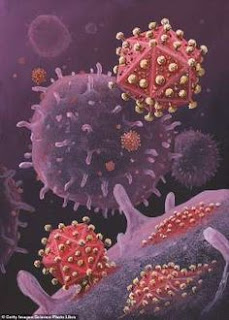Why Living Organisms Are Classified | Biology Blog

Living Organisms Hello Guys! We'll talk about why it's important to categorize living things. Therefore, before moving on to the subject, let's first talk about something really fundamental: What is Living ? When we consider what it means to be alive, our minds automatically focus on characteristics like growth, metabolism, the ability to self-replicate, etc. Let's talk about each of them: Growth - Growth refers to an abrupt rise in size and quantity. Similar to how our fingers reach a specific height before stopping to develop, our height also rises for a limited time before stopping, however in plants, growth continues continually for the duration of their lives. Cell division is also how unicellular creature grow. But as I mentioned earlier, growth is another name for a gain in mass. Using these standard...

